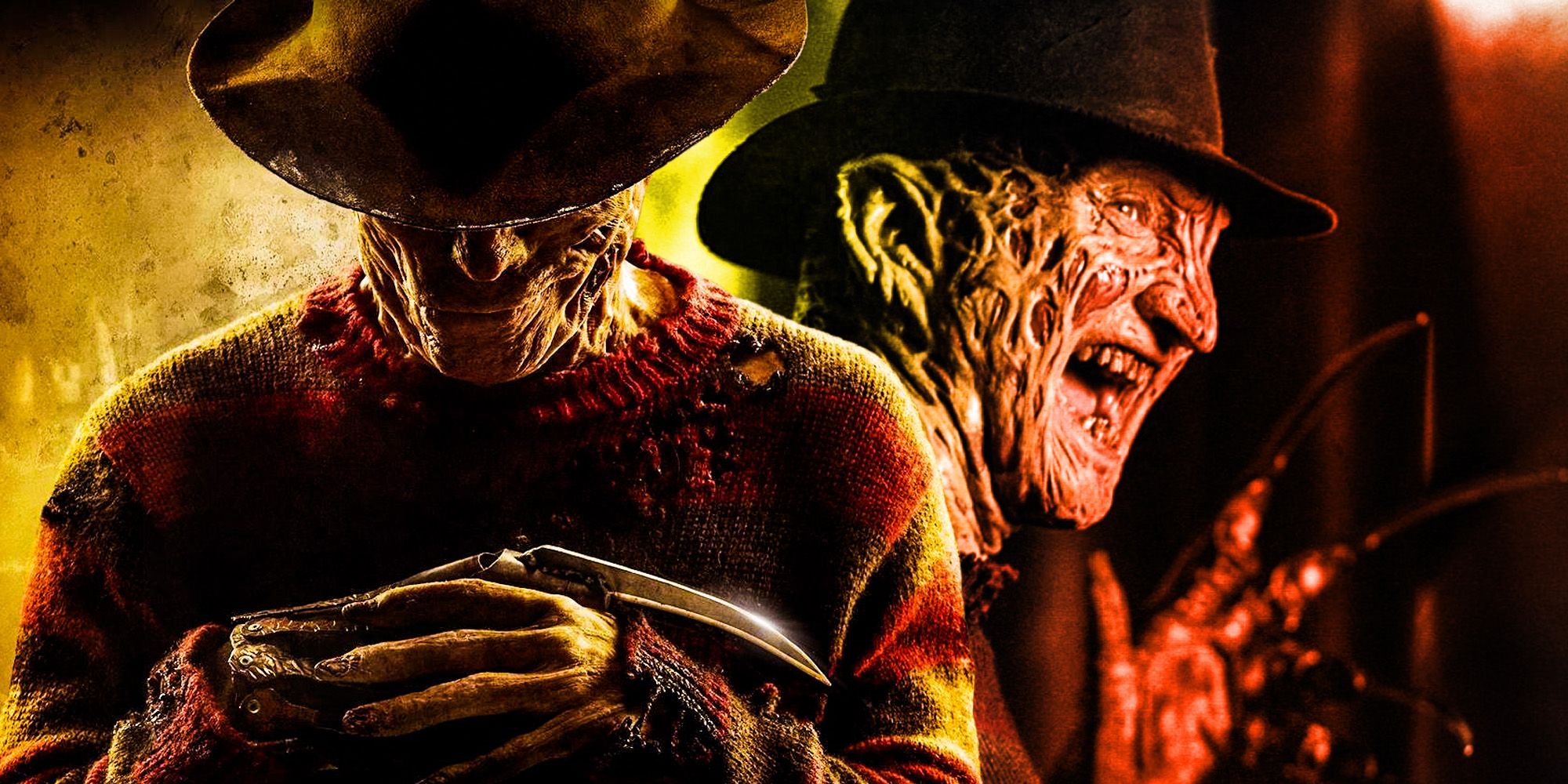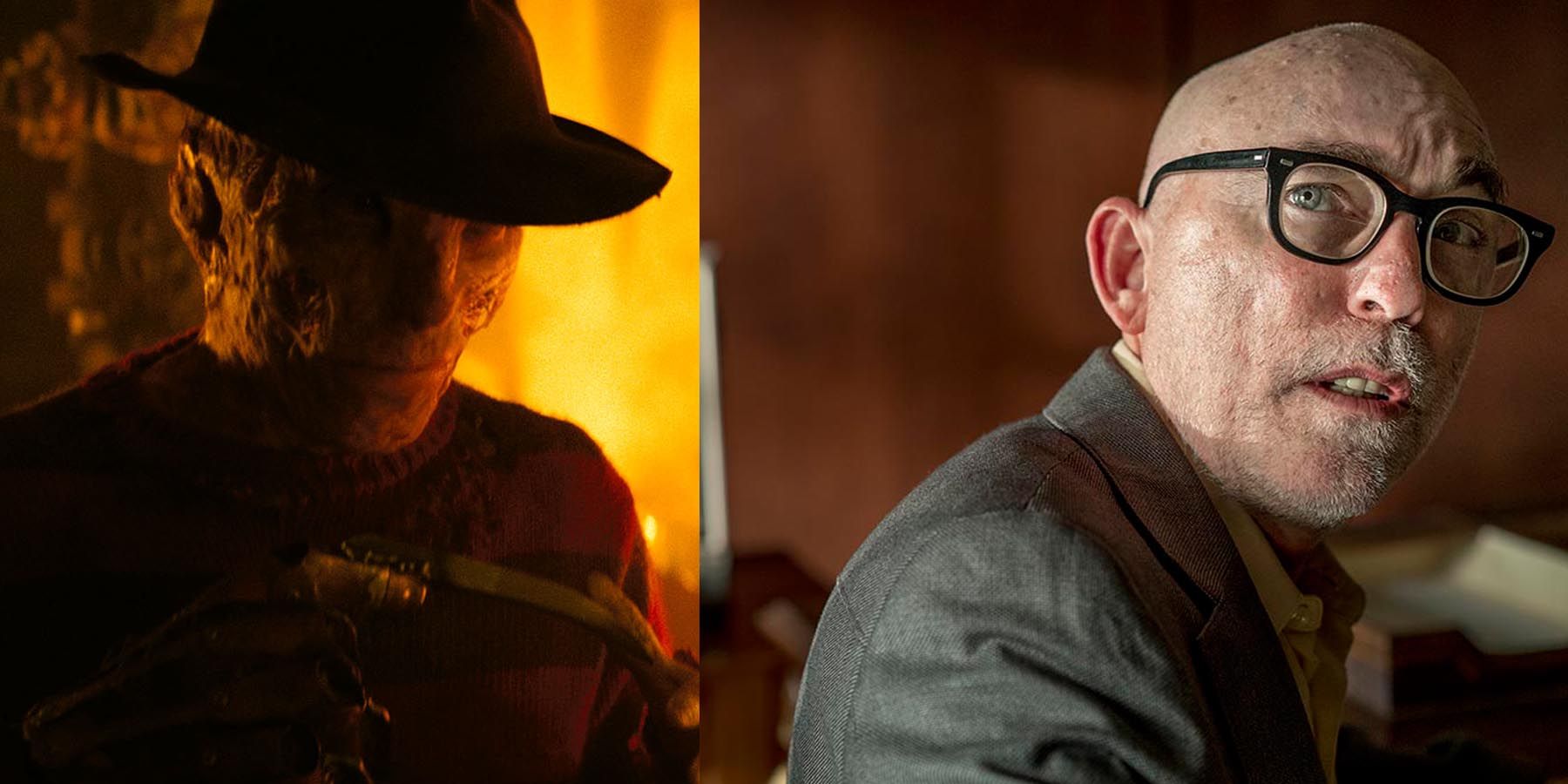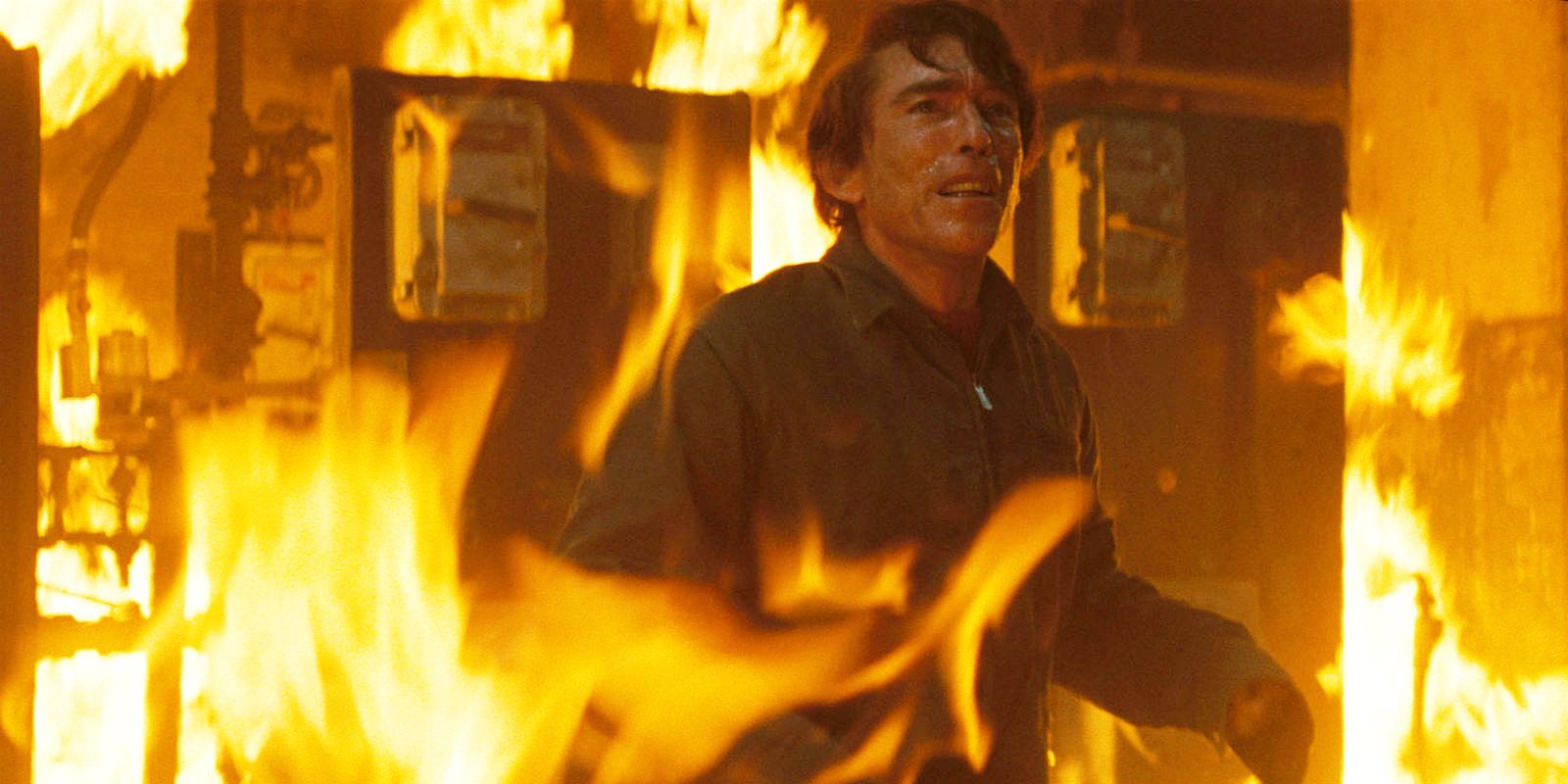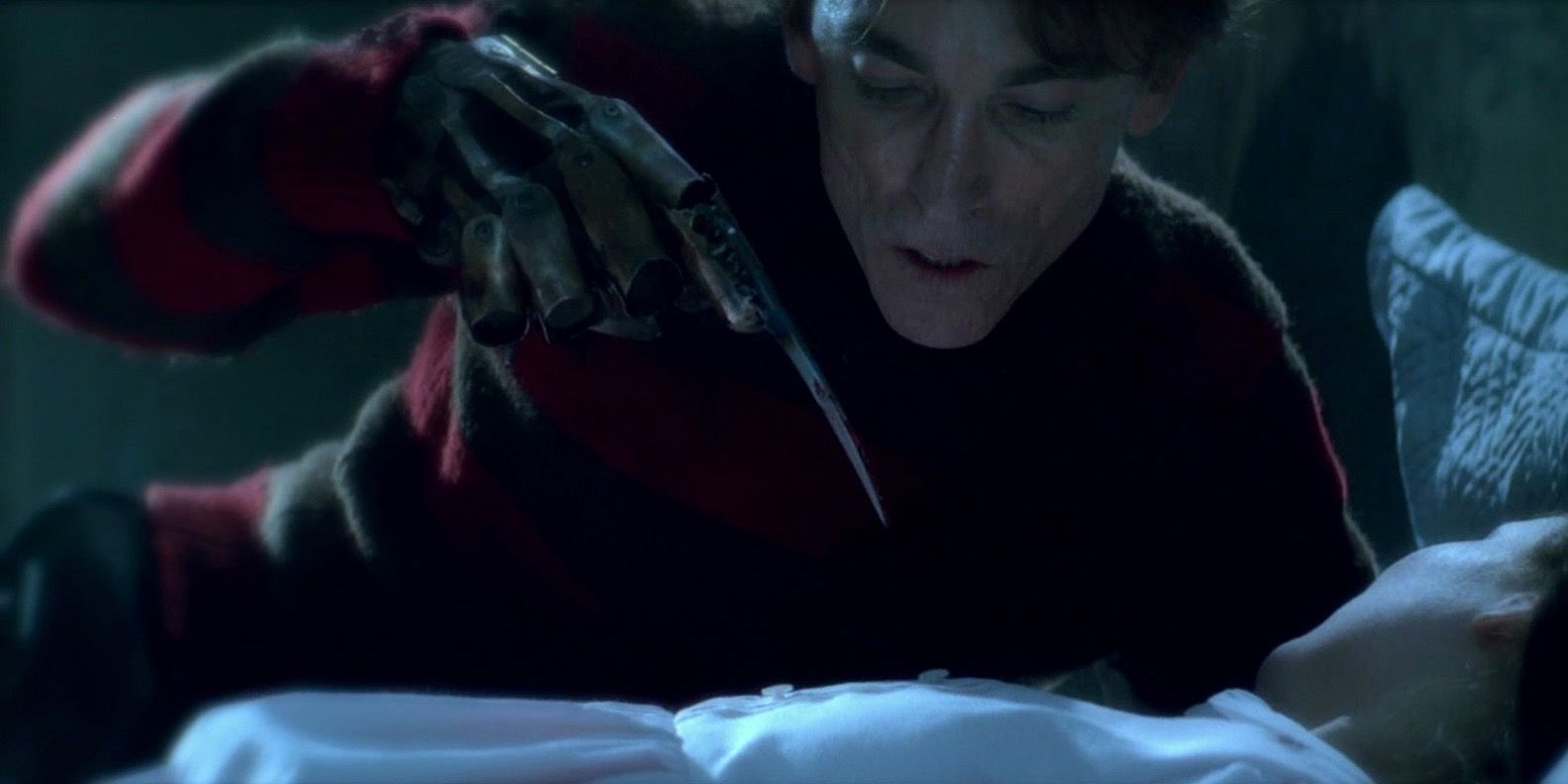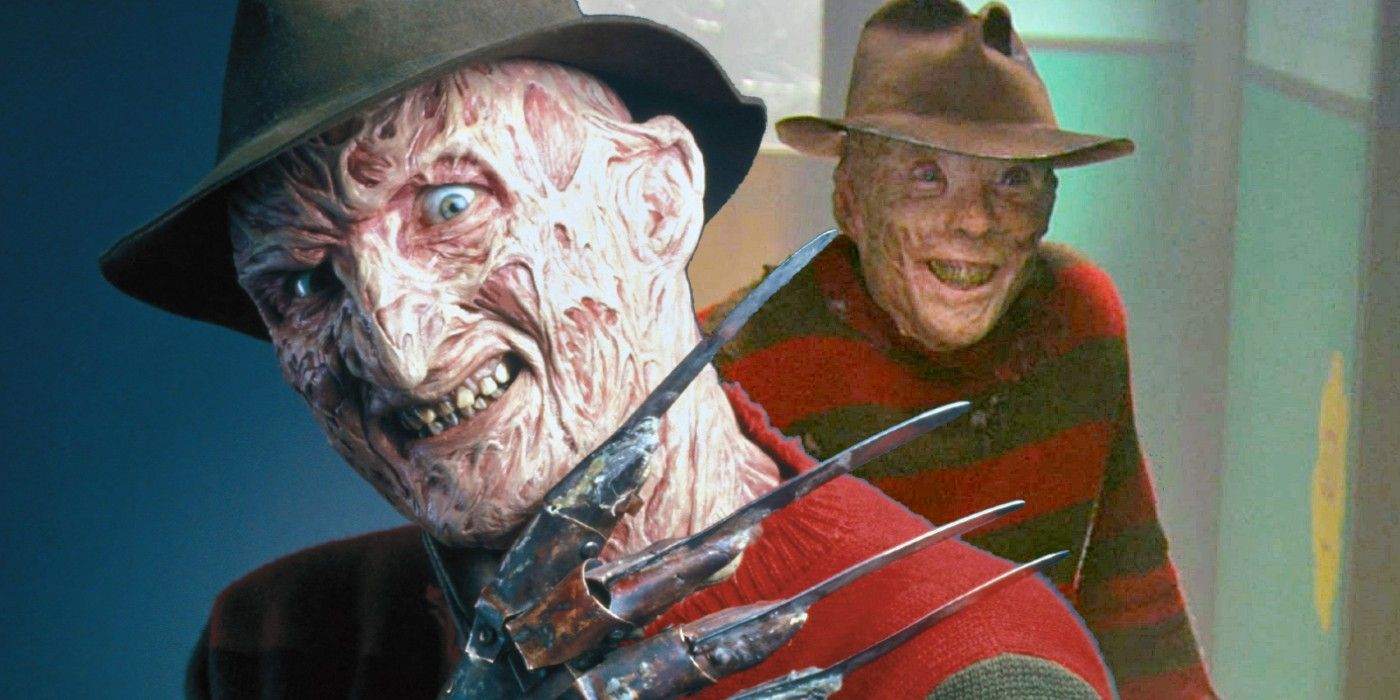2010’s A Nightmare On Elm Street remake was critically maligned and is widely disliked to this day, but most of the movie’s biggest issues come back to its fundamentally flawed reinvention of franchise villain Freddy Krueger. In 1984, Wes Craven reignited public interest in the then-ailing slasher subgenre by adding a supernatural twist to proceedings with A Nightmare On Elm Street’s unforgettable dream demon Freddy Krueger. In a period when most slasher movies flooding the multiplexes or VHS stores were thinly-veiled knock-offs of either the Halloween or Friday the 13th franchises featuring mute, masked madmen stalking interchangeable teens, A Nightmare On Elm Street's paranormal threat offered the first truly scary villain since Michael Myers.
Freddy Krueger’s ability to enter the dreams of his victims offered Craven the opportunity to pursue a more fantastical brand of horror than his earlier efforts like 1977's The Hills Have Eyes, and the director didn’t disappoint with his original film. However, as inventive as the premise of a slasher who stalked his victims in their own dreamscapes is, A Nightmare On Elm Street would have vanished without a trace without Freddy’s memorable appearance and backstory.
Originally intended to be a child-molesting janitor who stalked the children of the mob of parents who murdered him in a case of violent vigilante justice, Robert Englund’s creepy villain was rewritten as a child killer instead, as Craven hoped to avoid accidentally capitalizing on a spate of high-profile, then-recent molestation cases. However, when the time came to recreate Freddy for a new generation in 2010’s A Nightmare On Elm Street, there were no such cool heads in charge of affairs, and as a result, the Jackie Earl Haley version of Freddy was an unmitigated disaster.
Jackie Earl Haley’s Miscast Freddy Krueger
Thanks to a pair of stellar turns in 2006’s indie drama Little Children and 2009’s divisive adaptation of Watchmen, Jackie Earle Haley scored big when he was cast as the new Freddy. In fairness to the creators of the A Nightmare On Elm Street remake, Haley had proven himself capable of making unforgivable characters human, like in Little Children, while his growling, feral iteration of the troubled Rorschach was one of few elements of Watchmen that even the movie’s most vocal critics had to admit was superb. However, Haley’s reinvention of the slasher diverged massively from the 1984 original and made the mistake of mixing his tragically pathetic Little Children character with his remorseless iteration of Rorschach. The problem is that Freddy Krueger has never been either a sad figure who can’t control himself, like Haley’s pitiable Little Children character, or a righteous, brooding antihero like Rorschach. As a result, despite the actor's best attempts to inject some menace into the role, this approach makes no sense for the sadistic killer Freddy is.
The Remake’s Missing Twist Ruined Freddy Krueger’s Backstory
Of course, Haley’s grim, mostly humorless take on the famously quip-happy Freddy Krueger makes much more sense if the remake's creators stuck to their guns and included the twist that Freddy was an innocent man killed by a frenzied mob. Where Englund’s Freddy Krueger was infamous for his puns (and eventual rapping) by the later sequels, even his earliest appearance in A Nightmare On Elm Street depicted a creep who delighted in scaring and torturing his victims. Haley’s Freddy, in contrast, is having little fun, being introduced as a glowering villain and eventually depicted via flashback as a terrified, doomed victim of a mob. This makes the revelation he is an unrepentant child molester jarring and misguided, with his angry demeanor making it obvious the remake was originally written to depict Freddy as a once-innocent man turned vengeance-fuelled killer. As such, when the movie later confirms this version of Krueger is as twisted and guilty as the original, his righteous anger and sympathetic flashbacks are doubly weird and inexplicable.
Freddy Krueger Is Too Evil
Make no mistake, Robert England’s kid killer wasn’t a barrel of laughs in the original - though he may have evolved into one in the later A Nightmare On Elm Street installments. However, the 2010 remake’s decision to explicitly confirm that Freddy was not only a serial child molester but that he had assaulted the film’s entire teen cast, including the final girl Nancy and her love interest, was a clueless step into some hard-to-navigate tonal territory. Too downbeat for a corny teen slasher, this “twist” ended up more tasteless and exploitative than shocking and is part of the reason many audiences and critics reacted so negatively to the movie.
Freddy Krueger’s (Terrible) New Look
Another element that suffered thanks to the A Nightmare On Elm Street remake’s attempt to up the scare factor by adding “realistic” elements, Freddy’s 2010 makeover had the double whammy effect of being offensive and less scary than the character's original appearance. The Platinum Dunes remake creators proudly announced the remake’s version Freddy had a whole new look that was more realistic than Robert England’s plasticky visage, as this new CGI-assisted version was modeled directly on real-life burn victims rather than the original’s more fantastical take. However, in a development predictable to anyone familiar with real-life burn victims and who knows they are not "scary", this new look proved deeply ineffective while the original franchise’s more heightened and strange demonic makeup is.
Much like the decision to explicitly confirm that Freddy Krueger is a pedophile - something viewers could read into the original A Nightmare On Elm Street but that filmmakers need to exercise caution when depicting - the choice to render Freddy’s appearance more realistic once again drew viewers out of the movie and into a more realistic milieu. Much like the Friday the 13th movies don’t focus on Jason Voorhees’ presumably tragic post-drowning existence or Rob Zombie’s Halloween was critically slated for dwelling on the particulars of Michael’s unpleasant home life, slasher villains tend to work best when they’re the face of exaggerated evil. Turning Freddy Krueger into a jarringly realistic and believable character like the 2010 A Nightmare On Elm Street remake was a bad choice all around, and it's little wonder the response to the movie convinced producers to abandon a sequel.

